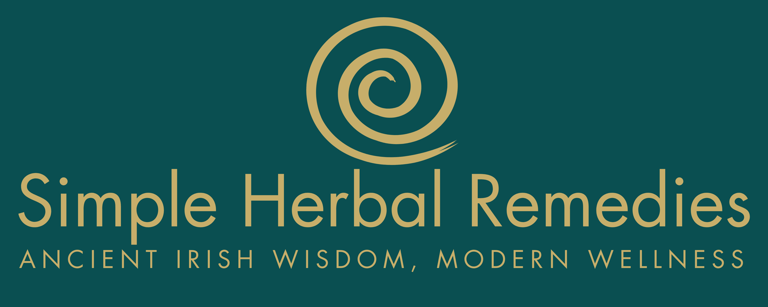Natural Nappy Rash Balm Recipe with Zinc Oxide | DIY Baby Skincare
Learn how to make a natural nappy rash balm with zinc oxide, shea butter, and coconut oil. This healing DIY recipe soothes irritated skin and provides fast relief for your baby's delicate bottom.
SKINCARE RECIPES
Simple Herbal Remedies
2 min read


Healing Nappy Rash Balm: A Natural Solution for Your Baby's Delicate Skin
For parents who've watched their little one struggle with painful, red nappy rash, you know how heartbreaking it can be. Over the years, I've created numerous nappy creams, cleansing balms, and baby oils, but the biggest challenge has always been the same: most products take days to show improvement, and you need to apply them frequently to keep the area clean and protected.
This homemade balm combines zinc oxide, coconut oil, essential oils, shea butter, and other natural ingredients to keep your baby's bottom dry and comfortable. Zinc oxide is the star ingredient here – it's commonly found in commercial nappy rash creams for good reason. Whether you're dealing with nappy rash or other skin irritations in your family, zinc oxide is worth keeping in your natural skincare arsenal. Its benefits include:
Supporting the skin's natural healing process
Helping to clear acne-prone skin
Providing relief for inflamed and irritated areas
Offering protection against bacterial infections
Another hero ingredient is shea butter, which I absolutely adore. If possible, opt for an organic variety – it's incredibly versatile and perfect for all kinds of skincare products, making it a worthwhile investment. Shea butter offers wonderful benefits:
Calms irritated skin
Supports healing of cuts and damaged skin
Contains anti-inflammatory properties that soothe and repair
Provides deep, lasting moisture
What You'll Need:
Ingredients:
110g coconut oil
30-45g beeswax
110g shea butter
3g dried chamomile flowers
30-60g zinc oxide (adjust based on severity)
60g arrowroot powder
5g vitamin E oil
30-45g bentonite clay or fuller's earth
2 drops lavender essential oil (optional – omit for very sensitive skin, though it aids healing)
2 drops tea tree essential oil (optional – omit for very sensitive skin, though it has antiseptic properties)
Equipment:
Saucepan and glass bowl or jug for double boiler
Muslin cloth or strainer
Wooden spoon
Spatula
Small glass jars for storage
Instructions:
Melt the coconut oil using a double boiler. Once liquified, add the dried chamomile flowers.
Cover and allow the mixture to infuse for as long as possible – I infused mine for 2 hours for this batch.
Remove from heat and carefully strain the oil through a muslin cloth, strainer, or colander into a clean cup or bowl.
Wipe out your double boiler bowl to remove any remaining chamomile flowers. Return the infused oil to the bowl and place back on the heat. Add the shea butter and beeswax, stirring until fully melted.
Remove from heat and transfer to a clean mixing bowl. Let it cool slightly, then add the zinc oxide and arrowroot powder. Whisk thoroughly until the mixture is smooth.
Add the fuller's earth or bentonite clay and stir with a wooden spoon until well combined.
Continue mixing until the texture is completely smooth and uniform.
Finally, blend in the lavender and tea tree essential oils along with the vitamin E oil.
Transfer to storage containers, preferably glass or non-metal options, as bentonite clay and fuller's earth can lose effectiveness when in contact with metal.
Storage Tip: Keep your balm in glass jars to maintain the potency of all ingredients, especially the clay components.
This natural balm provides gentle, effective relief while keeping your baby comfortable. The combination of protective, healing, and moisturizing ingredients works together to soothe irritated skin and create a barrier against moisture.
FAQs
Q: How long does homemade nappy rash cream last? A: When stored properly in glass jars, this balm lasts 3-6 months.
Q: Is zinc oxide safe for babies? A: Yes, zinc oxide is safe and commonly used in baby skincare products.
Q: Can I use this balm on sensitive skin? A: Yes, you can omit essential oils for very sensitive skin.
